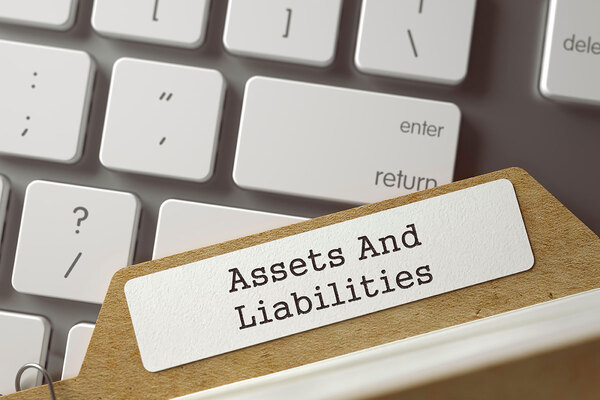The importance of an accurate asset and liabilities register
Scott Turner, a senior associate at law firm Devonshires, says an accurate asset and liabilities register and recovery and resolution plan can support social landlords’ long-term financial planning and organisational health
In the social housing sector, effective management of properties and assets, and a clear understanding of liabilities and recourse to social housing assets, are crucial for operational success and regulatory compliance.
This is especially the case as the Regulator of Social Housing is showing signs that it will start being more stringent in ensuring that registered providers are compliant with the asset and liability register requirements.
Two key tools that help to achieve this are, first, an up-to-date asset and liabilities register, which can then feed into the second: a recovery and resolution plan.
Both serve vital roles in ensuring that social housing providers can meet their obligations to tenants, stakeholders (including lenders) and the regulator, while also protecting their long-term financial and operational health.
Asset registers: the backbone of property management
An asset register is an essential tool for social housing providers, offering a comprehensive record of properties and assets owned, alongside details that are vital for both day-to-day operations and long-term strategic decisions.
This register should include core information such as the property address, title number, tenure and any restrictions on the use or disposal of the property, including restrictions in titles, title documents, planning permissions and Section 106 agreements.
Additionally, it must highlight any unregistered properties or properties under development.
Accurate asset registers assist social housing providers with financial planning and asset management, and support decision-making in respect of acquisitions, upgrades and disposals.
For regulatory compliance, an accurate and up-to-date register is essential. The recent consumer standards’ Code of Practice and the Safety and Quality Standard require social housing providers to have up-to-date records and consider how these interact with other systems social housing providers use to manage their stock.
A well-prepared asset register will enable social housing providers to gauge financial risks, understand the reality of implementing mitigation strategies (eg linked to asset disposal or obtaining new secured funding) and be prepared for sudden economic shifts.
Recovery and resolution plans: a strategic safeguard for continuity
While asset registers focus on the day-to-day management and compliance of social housing assets, providers must also ensure they have a thorough and realistic understanding of their liabilities, including potential risks to social housing assets arising from activities undertaken in non-registered subsidiaries.
A recovery and resolution plan plays a critical role in the long-term survival and stability of a social housing provider.
This is, in essence, a contingency plan that outlines how a social housing provider would continue to function in the event of an economic crisis or organisational failure, or, in a ‘perfect storm’ scenario, how some or all of its assets and liabilities could be broken up to ensure that the ultimate requirement, of social housing tenants being protected, could still be met.
It requires the social housing provider to think about succession planning, emergency response procedures, and how they would restructure or wind down in an orderly manner should the need arise.
Social housing providers will need to know their housing stock and other assets and be able to identify parts of the business that are genuinely saleable, should the need arise.
The plan should be kept under review and updated at least every three years or when any significant organisational changes take place, or if there are substantial changes to the assets it holds (or its liability position).
Conclusion: integration for a resilient future
For social housing providers, having both an accurate asset register and a recovery and resolution plan is about more than just meeting regulatory requirements; it’s about building resilience, particularly as we see greater consolidation within the sector.
The interplay between these two tools creates a robust framework for safeguarding assets and delivering consistent services, even in the face of potential crisis.
An asset and liabilities register provides a clear snapshot of what the social housing provider owns, its value and any limitations attached to those assets.
This helps not only in planning for growth, but also in stress-testing financial standing, enabling social housing providers to prepare for adverse economic conditions.
A recovery and resolution plan ensures that even if adverse scenarios occur, there is a clear roadmap for protecting residents and assets and meeting ongoing legal and financial obligations.
Both tools, when used effectively, support long-term financial planning and organisational health. Social housing providers are better positioned to navigate legal, financial and operational challenges, ensuring they continue to meet the housing needs of the communities they operate in.
Scott Turner, senior associate, Devonshires
Sign up for Social Housing’s comment newsletter
New to Social Housing? Click here to register and sign up to our comment newsletter
The comment newsletter brings you a fortnightly selection of specialist opinion, guidance, and political and economic commentary, from a unique range of leading experts.
Already have an account? Click here to manage your newsletters.
RELATED









